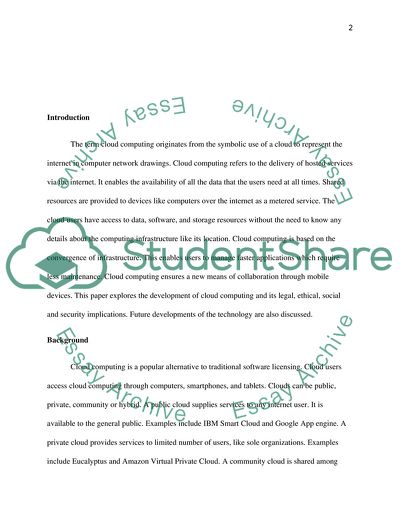Cite this document
(Information Technology: Cloud Computing Research Paper, n.d.)
Information Technology: Cloud Computing Research Paper. https://studentshare.org/information-technology/1767255-information-technology-it
Information Technology: Cloud Computing Research Paper. https://studentshare.org/information-technology/1767255-information-technology-it
(Information Technology: Cloud Computing Research Paper)
Information Technology: Cloud Computing Research Paper. https://studentshare.org/information-technology/1767255-information-technology-it.
Information Technology: Cloud Computing Research Paper. https://studentshare.org/information-technology/1767255-information-technology-it.
“Information Technology: Cloud Computing Research Paper”. https://studentshare.org/information-technology/1767255-information-technology-it.


